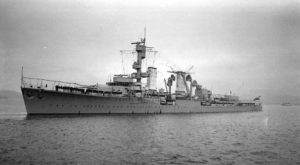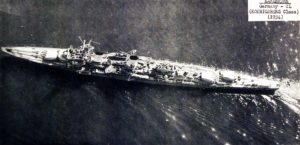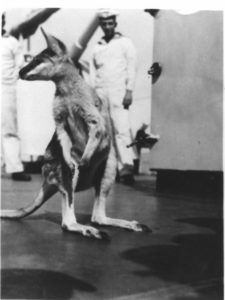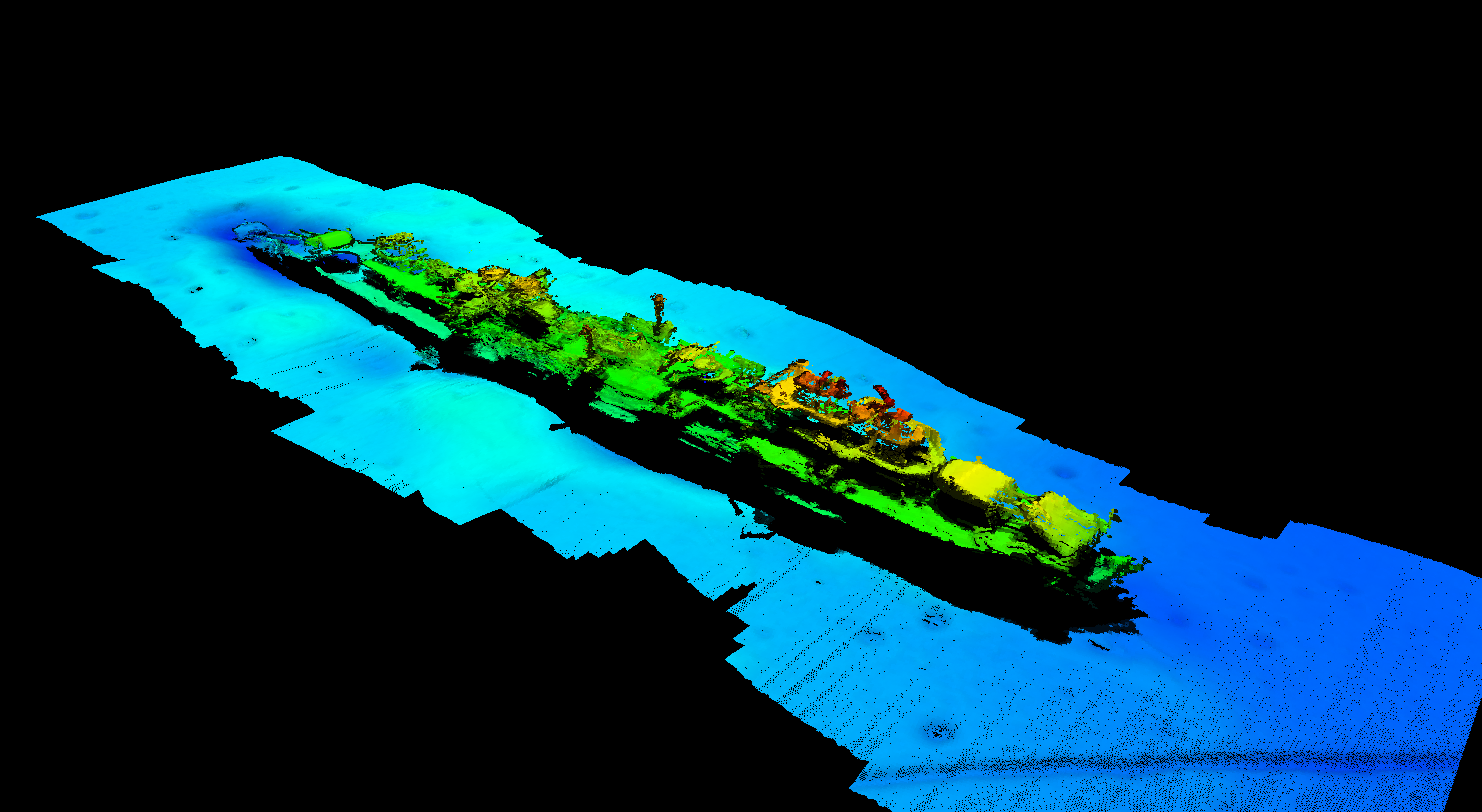German light cruiser, the Karlsruhe, has been identified on the seabed 13 nautical miles off Norway 80 years after she was sunk during the invasion. Lying in deep water she was detected just 15 metres from a Norwegian power grid sub-sea cable that connects Denmark and Norway.
Professor of History at Agder University said of the find that, ‘we can learn something [by comparing] the information we have had for a long time about where the ship went down, and where it has actually been found.’
It was early morning on the 8th of April 1940, when the German invasion fleet left the port of Bremerhaven, on its way to Norway and the port of Kristiansand. The Nazi regime were primarily concerned with securing control of the North Atlantic and inhibiting Anglo-French ambitions with regard to trade blockades and access to Southern Sweden’s iron ore reserves.

The weather was in the favour of Hitler’s Blitzkrieg forces as an earlier storm in the North Sea prevented British naval forces from arriving in time to engage the main fleet at sea.
But the weather can be a fickle thing and it slowed the German advance, heavy fog obscuring visibility to such a degree that the attack was delayed by a full 24 hours. The Karlsruhe came under fire from the heavy artillery based at the Norwegian coastal Fortress Odderøya, but she turned in the fjord to deliver a full broadside action.
The Karlsruhe was armed with a pair of offset aft gun turrets, set so as to increase the arc of fire with more than a thousand rounds of ammunition. One more turret was mounted forward, bringing the firepower from these three positions to nine 15cm SK C/25s.

On top of this she had two 8.8 anti-aircraft guns, four triple-torpedo tube mounts and could carry up to 120 mines. In places, her armour was up to 100mm thick, with a deck covering of 40mm steel. At 174 metres in length she was one of the longest, and fastest German cruisers in the fleet with a top speed of almost 60 km/h (32 knots) and a range of more than 10,000 km.
The battle lasted more than two hours before the weather beat back both sides, forcing a ceasefire. An hour later, the Norwegian forces surrendered, and the first German troops were landed.
Following this success, the Karlsruhe was dispatched from Kristiansand alongside three escorting torpedo boats. Unfortunately for the Nazi warship the British were waiting in the form of the submarine HMS Truant. When they saw the German formation exit the fjord the crew of the Truant sent out a ‘spread’ of torpedoes.
The Karlsruhe spotted the threat and took evasive action, but it was not enough, and one torpedo struck her amidships while another found her bow, splitting open her superstructure and allowing seawater to flood in and disable her engines and generators.

The propulsion system was made up of four steam turbines and two 10-cylinder four-stroke diesel engines. These were quickly overwhelmed by the rising waters.
The flooding put paid to any attempt to pump out the ship and within two hours Commander Friedrich Rieve had given the order to abandon ship. Torpedo boat Grief rescued the crew of 21 officers and 494 men and let loose another two torpedoes into the hull of the Karlsruhe to hasten her sinking.
The order to scuttle led to a later criticism by the German authorities that the captain acted too hastily, arguing that as there were two forward pumps with power, and that it took a further two torpedoes to sink her, two hours after the British attack, then the Karlsruhe could, possibly, have been towed back into Kristiansand for repair.
Another Article From Us: Rediscovered Civil War Shipwreck Gains International Recognition
The Karlsruhe now has the distinction of being the longest WWII wreck in Norwegian waters, but as she lies so deep there are no plans to salvage her.
